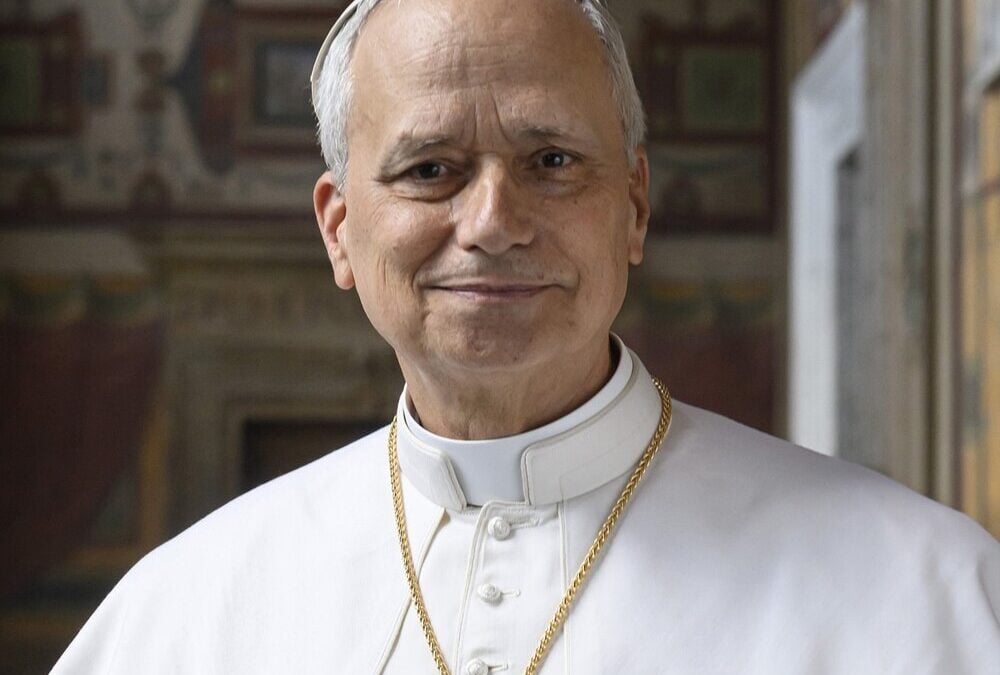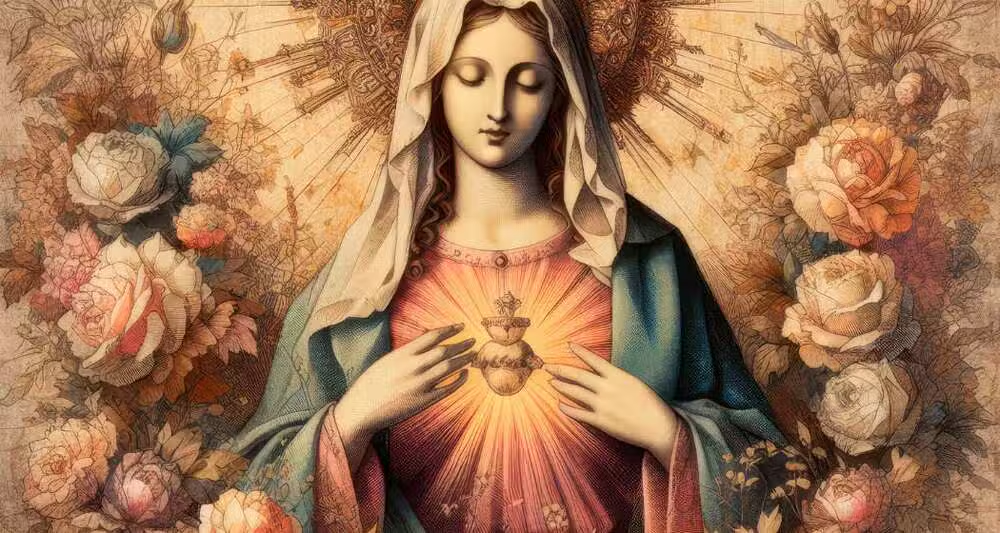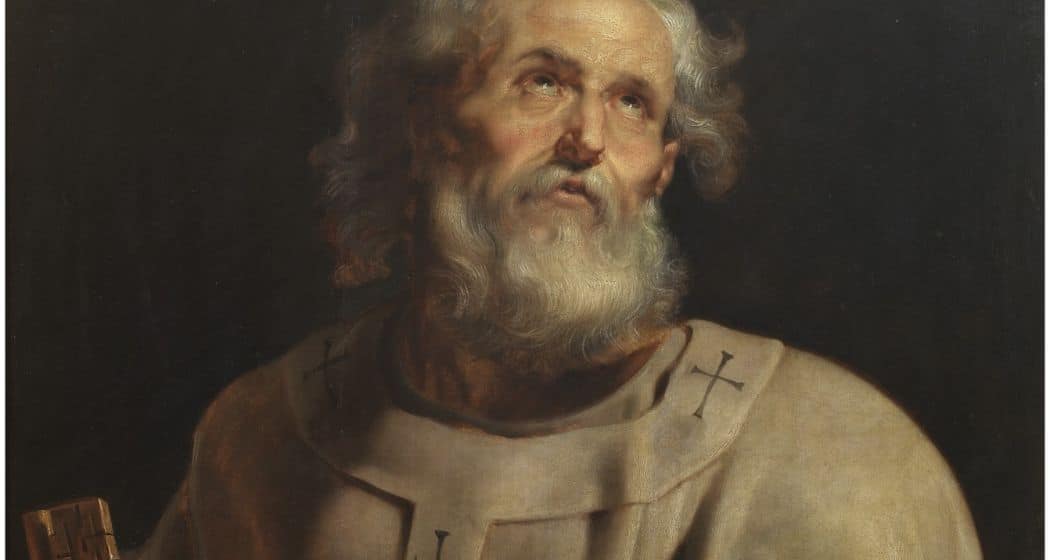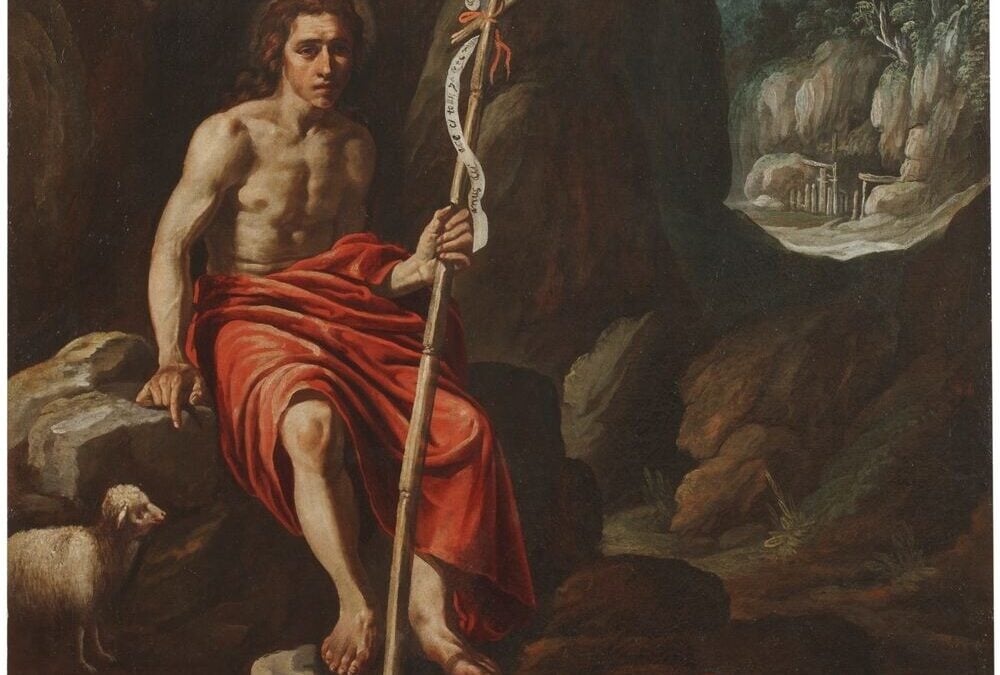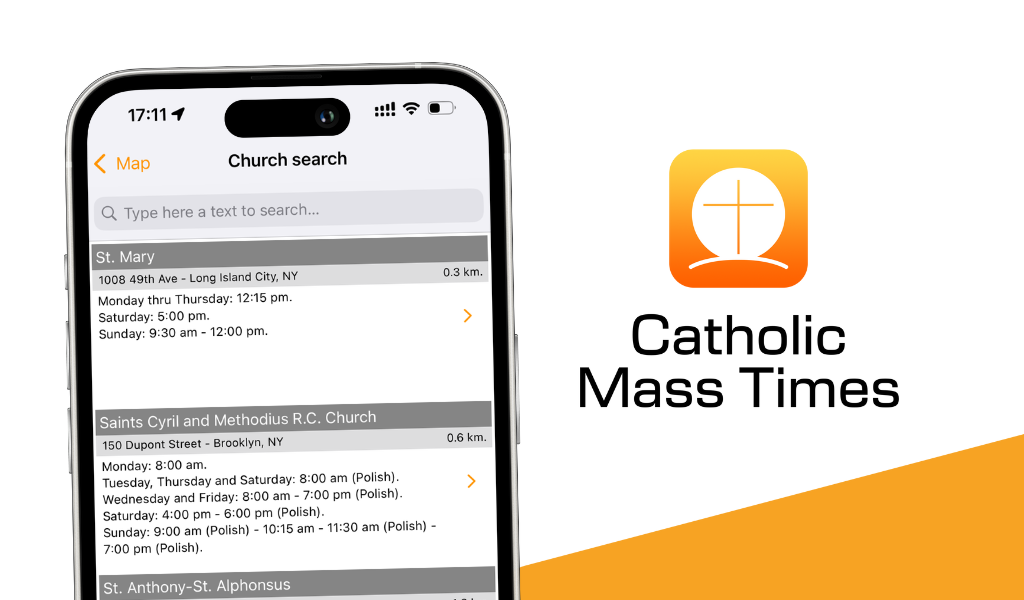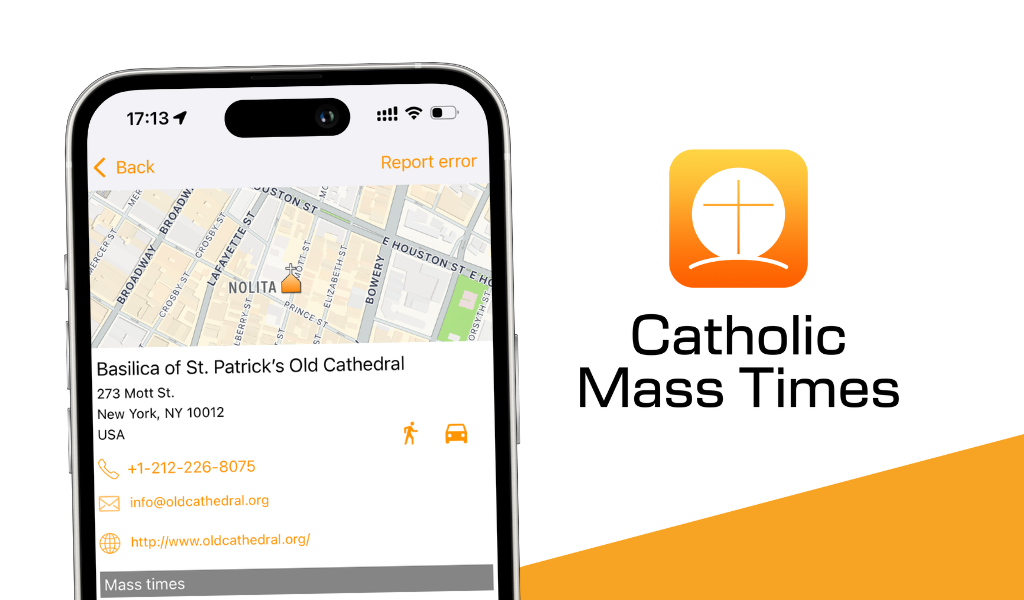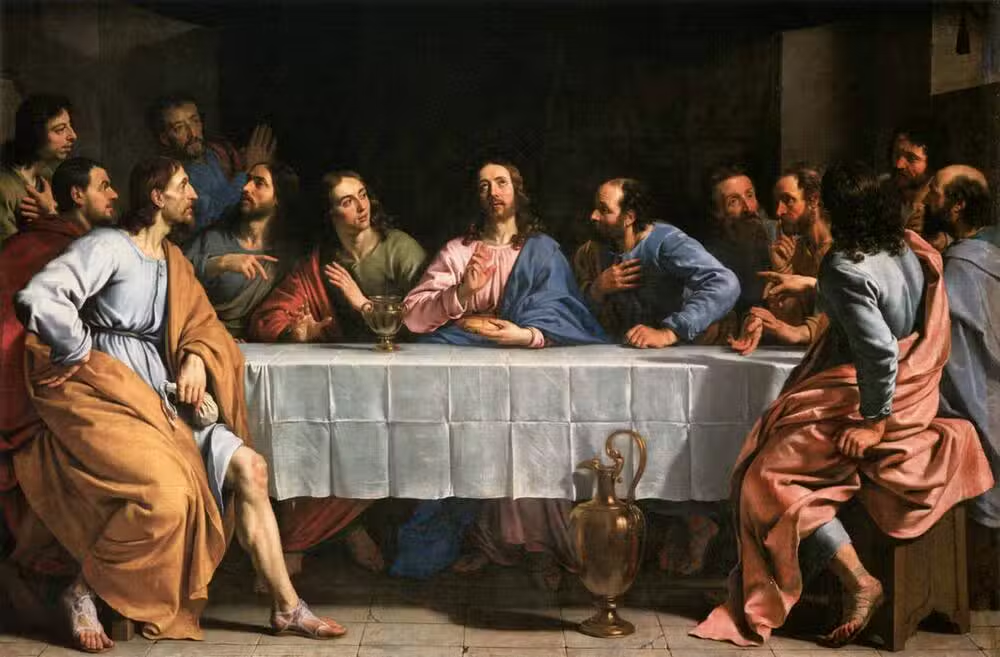The Holy Mass is the most sublime moment to praise and give Glory to God. It is in this liturgical act where the faithful unite with Christ’s redemptive sacrifice, offering God the Father homage of adoration and glorification. The liturgy teaches us that praise is not only an external action, but a total surrender of the heart, soul, and mind to our Creator. As the Catechism of the Catholic Church affirms, “the Eucharist is a sacrifice of praise” (CCC, 1359).
In this article, we will explore how to give glory to God during Mass, delving into the Mass prayers that express this praise and offering advice on how to participate more fully in this act of worship.
Keep reading to find tips on benefiting from the Holy Mass and participating with an open heart!
You can use the Catholic Mass Times app to find the nearest Catholic church with Mass, Confession, and Adoration schedules. It will surely help you! Download it now.
In which prayers of the Holy Mass do we give Glory to God?
The Mass is filled with moments where the faithful praise and give Glory to God. These prayers are not just words but expressions of the entire Church’s dedication to the Lord.
1. Glory be
One of the most evident prayers of praise is the Gloria in Excelsis Deo. This prayer, taken from the song of the angels at Christ’s Nativity, is a hymn of praise directed to the Holy Trinity. We proclaim: “Glory to God in the highest, and on earth peace to people of good will”. This prayer, recited or sung, is a declaration that God deserves all glory and honor for His greatness and mercy.
2. Holy Holy Holy
The “Holy, Holy, Holy is the Lord” is another key moment of praise. In this prayer, we join the celestial choirs to proclaim God’s holiness and give Him Glory. As the Catechism expresses, “the Eucharist unites heaven and earth” (CCC, 1352), and at this moment, we participate in the eternal hymn of the angels.
3. Preface
The preface of the Eucharistic Prayer is a prayer that exalts the wonders of God. Frequently, it mentions the reasons why we give thanks, praise, and Glory to God: creation, redemption, and sanctification. In these words, we recognize God’s goodness and greatness, uniting ourselves with the universal Church.
The preface consists of four parts.
a. It is always the same and connects the community (T) to the priest’s prayer (P):
b. The prayer that is raised to the Father begins with the final words of the people: “it is right and necessary”. With some variations, this prayer gathers the intentions of the Church and directs them to the heavenly Father:
c. The central part, which varies widely in its contents according to the day and the feast. This proclaims the reasons for giving thanks and Glory to God, which always focus on the work of creation and the act of redemption:
d. This part is a prologue to the Holy that follows, and unites the Eucharistic prayer of the earthly Church with that of the angels and archangels:
4. Final Doxology
The final doxology is the culmination of the Eucharistic Prayer and a profoundly significant moment in the liturgy. At this moment, the priest elevates the chalice and the paten with the Body and Blood of Christ, and proclaims these words. These synthesize the essence of the Mass as an act of praise and glorification directed to the Father, carried out through the Son and in the Holy Spirit:
How to better benefit from the Holy Mass to give greater glory to God
Do you want to praise God with all your being? Live each Mass as an opportunity to give Him Glory with your heart, mind, and body. Don’t let your praise remain in words: let it become life.
You can use the Catholic Mass Times app to find the nearest Catholic church with Mass, Confession, and Adoration schedules. It will surely help you! Download it now.
How is glory to God expressed?
It is expressed through sincere praise, prayer, liturgical gestures, and active participation in the Mass. It’s not just saying words, but offering the whole heart: mind, soul, and body put at the service of the One who is worthy of all glory.
What does it mean to give glory to God?
It is recognizing His greatness with humility and adoration. It means paying homage to Him for who He is, offering our life, our decisions, and our intentions as a living offering. Giving Him glory is living before Him, seeking to please Him in everything.
How to live for God's glory today?
Living for His glory is making every daily act an offering. It’s about prioritizing Him, even when it’s difficult, and acting with love in small things: listening, helping, serving, praying. When we unite every gesture to Christ, everything becomes praise.
What relationship does the Mass have with giving glory to God?
The Mass is the highest moment of glorification, because in it we unite ourselves to Christ’s sacrifice, who gave everything to the Father. Every prayer, song, and liturgical gesture praises God. There, heaven touches earth and the whole Church proclaims: ‘Glory to God in the highest!’
How to teach children what giving glory to God means?
By showing them with simple examples: giving thanks for good things, singing joyfully in Mass, offering to Jesus what they do each day. If a child sees that their parents truly love God, they will soon learn that giving Him glory is the most beautiful thing they can do.




